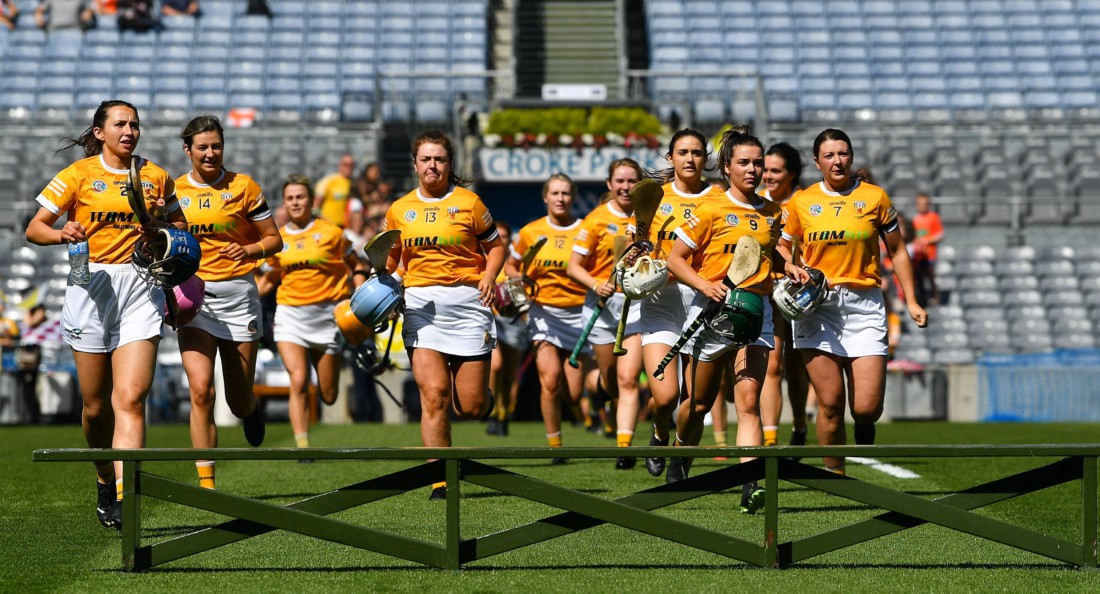I HAVE been very privileged over the past five years to be involved in what I believe is the rising standards of camogie in Ulster.
We currently see both Antrim and Down playing at senior inter-country level with Derry narrowly beaten in the Intermediate semi-final. Then in the Junior final, we saw Armagh battle it out with Antrim seconds team in an excellent Premier Junior final with Cavan also hot on their heels. Tyrone also had a great win in the Nancy Murray Cup with a one-point victory over Wicklow.
With all this success at national level, Ulster would be in with a good shout at competing very well in the Gael Linn competition – camogie’s version of the Railway Cup. Ulster’s only wins in the competition came in 1967 and 2007.
However, with teams such as Antrim and Down now competing at the very highest level and Derry pushing to join them, the Ulster camogs would be a force to be reckoned with.
But where has this improvement stemmed from? I suppose from my angle as a player I see the difference in the set-ups.
Camogie teams are now aligning themselves with the more professional set-ups like their male hurling and football counterparts. We have all been used to the usual manager and coach set-ups but over the past four or five years we have seen backroom teams grow.
Performance analysis has become a vital part of all backroom teams, enabling teams to identify not only their strengths and areas of development, but also their opposition’s strengths and weaknesses. This allows training to be designed specifically to the demands of each individual and to target the weaker areas of other teams’ play.
Teams then use this to plan the different tactics and strategies they will implement to win the game. The importance of performance analysis cannot be underestimated. Players can see exactly where they are going wrong and, as a result, understand where and how they need to improve.
Camogie teams now also generally have a physio available to them. Gone are the days when the manager runs on with the ‘magic water’ and tells you, “You will be ok”. Access to a physio has helped players recover quicker and return to play a lot faster. Players also get the right treatment and advice and player welfare is deemed to be of vital importance.
Access to better strength and conditioning coaches alongside nutritional advice has helped see these elite athletes prepare optimally physically for sporting performances. S&C programmes are given to all players and when buy-in occurs, it is very evident that performances improve.
It would be good to be able to compare players now to 20 year ago to see the improvements in speed, strength and power.
Sports psychologists are also used to help prepare players mentally. This ensures they are ready for each and every occasion, big or small. They are provided with strategies to help them cope with the different adversities they will come up against to ensure they can get back up and out there.
Teams are always looking to gain that edge or that extra one or two per cent so where are we going to go next? It has been a privilege to see how camogie has grown and developed over the past 20 years especially seeing Ulster go from strength to strength. Each club and county must be congratulated for the impact they have had but most importantly thanks to all the hours of hard work and dedication of each player. Long may it continue.
Receive quality journalism wherever you are, on any device. Keep up to date from the comfort of your own home with a digital subscription.
Any time | Any place | Anywhere












